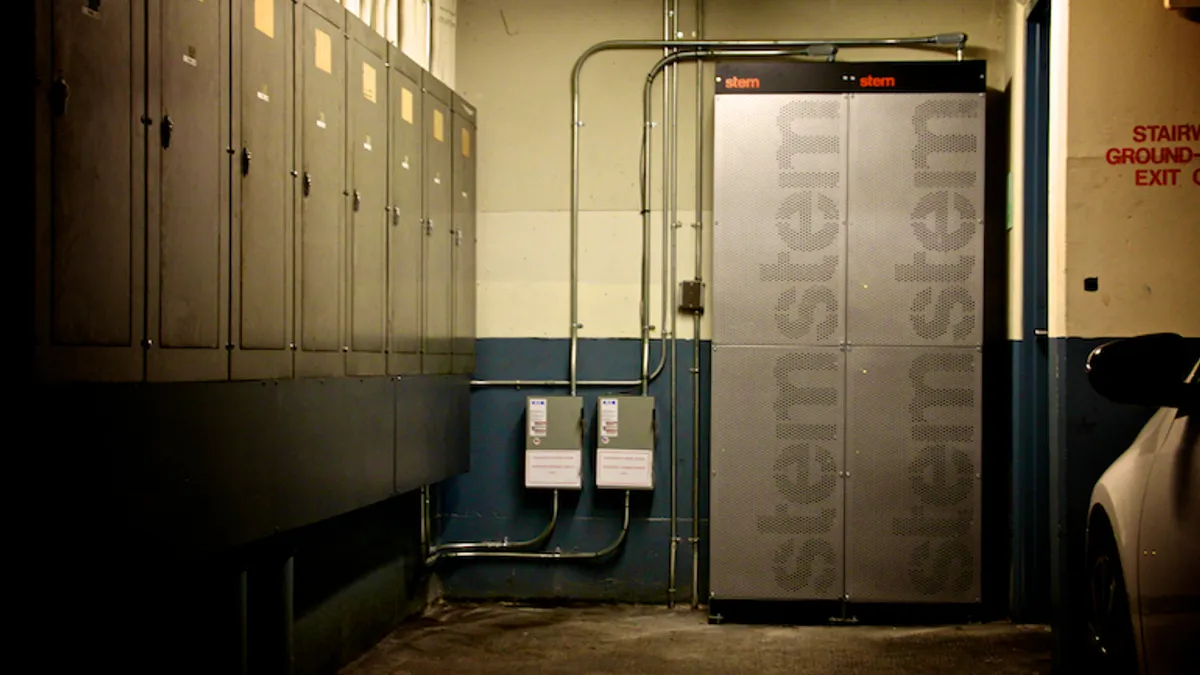Dive Brief:
- California Public Utilities Commission Commissioner Cliff Rechtschaffen has issued a proposed decision that would double funding for the state's Self Generation Incentive Program (SGIP), PV Magazine reports.
- Under the decision, utilities would collect an additional $83 million annually from ratepayers to fund the incentive program for behind-the-meter generation and storage. The state's investor-owned utilities oppose the change.
- SGIP provides funding for a variety of BTM technologies, but the decision would stipulate that 85% of new funding go to energy storage. A carve-out requiring that 15% of current SGIP funding go toward residential energy storage would not be applied to the additional $83 million.
Dive Insight:
Initiated in 2001, California's Self-Generation Incentive Program offers payments to customers who generate their own electricity from a variety of resources, including energy storage, fuel cells, combined heat and power, and solar.
Last year, rates ranged from $0.42/W to $1.49/W, depending on the type of system, and the program is credited with helping spur the development of the nation's leading energy storage market.
But there have been a number of complications in the program recently. Last year, Greentech Media reported that SGIP's first-come, first-served system for awarding incentives may allow some companies to game the system, winning more than their share of incentives.
Critics have also taken issue with the success of fuel cell technologies in SGIP, which emit carbon dioxide at levels only a sliver below the incentive program's threshold. One manufacturer, Bloom Energy, has won $400 million of the $1.4 billion given out by SGIP as of March 2016.
In response to those concerns, Commissioner Rechtschaffen's proposed decision would stipulate that 85% of new funding go to energy storage systems, though existing funds would not be subject to the restriction.
California energy storage companies cheered that provision, but criticized another provision that would eliminate a 15% residential carve-out for the SGIP program.
The proposed decision still must be approved by the full CPUC and will not affect the reopening of SGIP incentive applications in the middle of next month.
Under the program's current structure, SGIP will reserve 75% of its incentives for energy storage projects and 15% for storage projects of 10 kW or less. Incentive levels will start at $0.50/Wh for residential systems, but the CPUC expects that demand will exceed the amount of funding available, so incentive levels will likely "decrease shortly after SGIP reopens to $0.40/Wh for residential energy storage systems."
"If the 40 cents/watt-hour incentive level also proves very popular and exceeds budgeted funding within 10 days, then the incentive level for residential energy storage systems 10kW or smaller will decrease to 30 cents/watt-hour," according to the CPUC.
Regulators plan to hold a public workshop on the incentive on March 10 in San Francisco.













